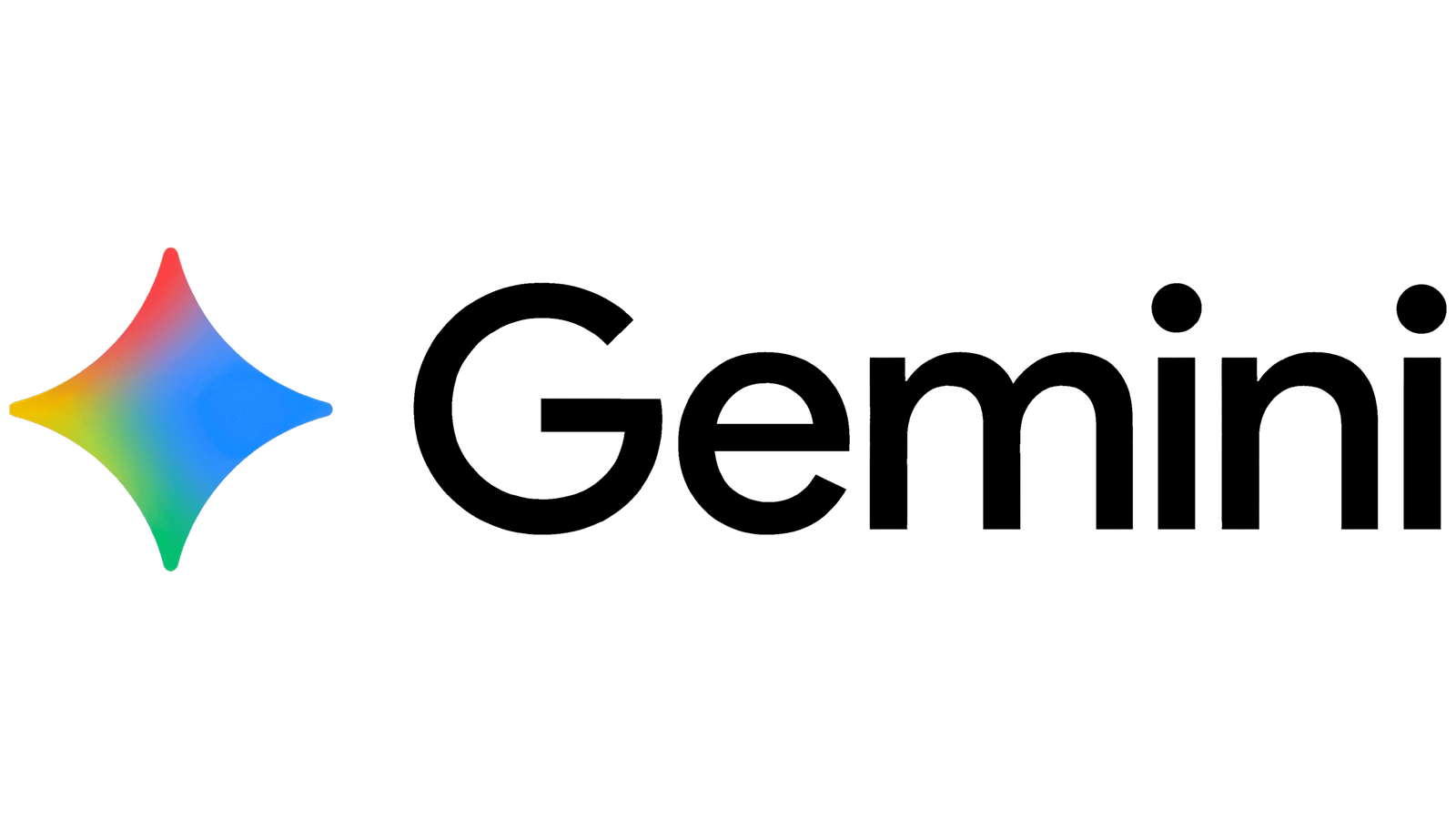Disclosure: The views and opinions expressed right here belong solely to the writer and don’t symbolize the views and opinions of crypto.information’ editorial.
When an organization acquires or merges with a digital asset enterprise, they’re not simply buying individuals, merchandise, and mental property — they’re buying each onchain transaction that has ever occurred on that expertise stack. These touchpoints might vary from the mundane to excessive threat; from routine operational exercise to publicity to sanctioned entities or opaque fund flows.
Abstract
- As conventional finance and crypto converge, digital asset M&A has surged, reaching $15.8 billion in 2024. However past groups and merchandise, acquirers inherit each onchain transaction — together with potential publicity to sanctions, illicit funds, or opaque counterparties.
- Onchain evaluation should complement conventional due diligence, revealing hidden dangers like ties to mixers, darknet wallets, or governance centralization that steadiness sheets and compliance checks typically miss.
- The way forward for M&A lies in a hybrid, data-first framework that fuses onchain and off-chain insights — strengthening belief, transparency, and threat administration as monetary methods bridge outdated and new worlds.
As conventional finance and digital asset markets proceed to converge, mergers and acquisitions are gathering tempo in each instructions; from Stripe’s $1.1 billion acquisition of crypto infrastructure firm Bridge, to Ripple’s $1.25 billion buy of prime brokerage Hidden Highway. In 2024 alone, digital asset M&A volumes reached $15.8 billion, an unimaginable surge from simply $1 billion in 2019.
On this converging market, digital footprints on the blockchain aren’t simply background noise. They’re threat indicators; with out correct onchain evaluation, they will shortly change into potential liabilities. Legacy frameworks, centered on steadiness sheets, market place, management, and status components, stay important however don’t inform the entire story.
With out integrating conventional threat assessments with onchain knowledge, companies function with an incomplete image. This may be detrimental not only for the deal but in addition for wider belief and stability within the trade when merchandise are being developed on the nexus of fiat and crypto.
That’s why at present’s M&A offers require an developed threat evaluation.
Onchain knowledge is the layer of reality
Conventional threat assessments begin with the basics: order e-book depth, workforce construction and management stability, treasury and reserve transparency and status, in addition to regulatory compliance — all central to conventional deal-making.
Nevertheless, this course of alone is not enough for digital asset M&A. Analyzing and understanding onchain knowledge together with standard strategies is the one approach to reveal sure threat pockets and operational pink flags. Briefly, reconciling onchain insights with off-chain knowledge.
Think about this state of affairs. An evaluation of a digital asset agency could go normal reputational due diligence, with conventional compliance checks revealing no direct publicity to sanctioned jurisdictions or entities. These checks don’t account for blockchain transactions’ decentralized or pseudonymous nature and will don’t have any visibility into pockets transactions or earlier DeFi exercise. Vital dangers might be missed with out integrating and analyzing onchain knowledge.
Historic transactions with high-risk wallets or protocols can point out reputational and authorized pink flags. Mixers, for instance, can be utilized as obfuscation instruments to hide the origin and vacation spot of funds.
Additional onchain evaluation could uncover repeated treasury interactions with wallets tied to a darknet market providing stolen knowledge, cash laundering companies, or instruments to conduct fraud. These onchain indicators symbolize greater than compliance oversights; they introduce tangible reputational, monetary, and authorized threat and potential penalties from regulators and different businesses.
This is only one instance. Different onchain threat indicators can vary from overexposure to a selected token to illiquid or extremely concentrated positions, as we noticed with the collapse of crypto lender Celsius, and even lengthen to unreliable technical infrastructure that would problem future integrations.
Governance construction issues too; onchain voting knowledge can reveal which actors in an ecosystem really direct and make selections in regards to the blockchain, additional informing precise possession and company construction.
Regardless of its obvious advantages, onchain knowledge alone can miss vital off-chain exposures. In 2022, FTX appeared wholesome. Blockchain knowledge might have flagged sure dangers like low liquidity in its token FTT, or motion of enormous sums between FTX and Alameda Analysis. Nonetheless, it wouldn’t have revealed the core fraud, which was the commingling of buyer funds by Sam Bankman-Fried and the false declare of solvency.
Shifting towards a hybrid, holistic strategy
To grasp the dangers and alternatives in a digital asset M&A, off-chain knowledge should complement onchain threat indicators to realize a versatile and developed threat administration framework. That is the one approach to adequately equip companies to evaluate and determine dangers originating from M&As.
Most significantly, this hybrid strategy doesn’t exchange legacy frameworks; it enhances them. A latest EY report discovered that 83% of institutional traders plan to extend allocations to digital belongings. With that stage of curiosity comes higher strain to use rigorous, fit-for-purpose oversight. Information-first due diligence, combining onchain and off-chain indicators, will probably be important for assessing counterparties, managing integration, and safeguarding long-term worth.
Belief stays the linchpin of profitable M&A. Blockchain, with its immutable trails, is a strong software for constructing, confirming, and sustaining this belief. However this may solely be achieved if the fitting knowledge is getting used and the fitting questions are being requested.
The way forward for finance is determined by our means to bridge outdated and new methods. Which means evolving how we see and handle dangers; assembly transparency with intelligence.






